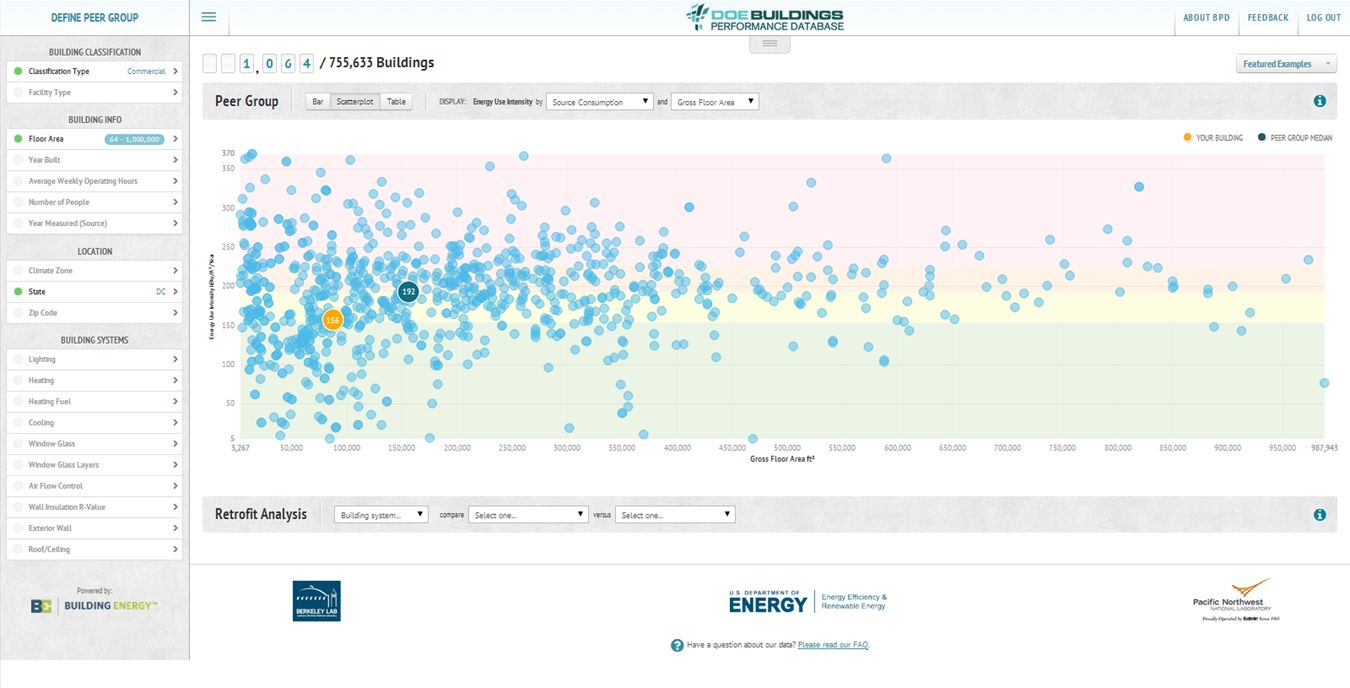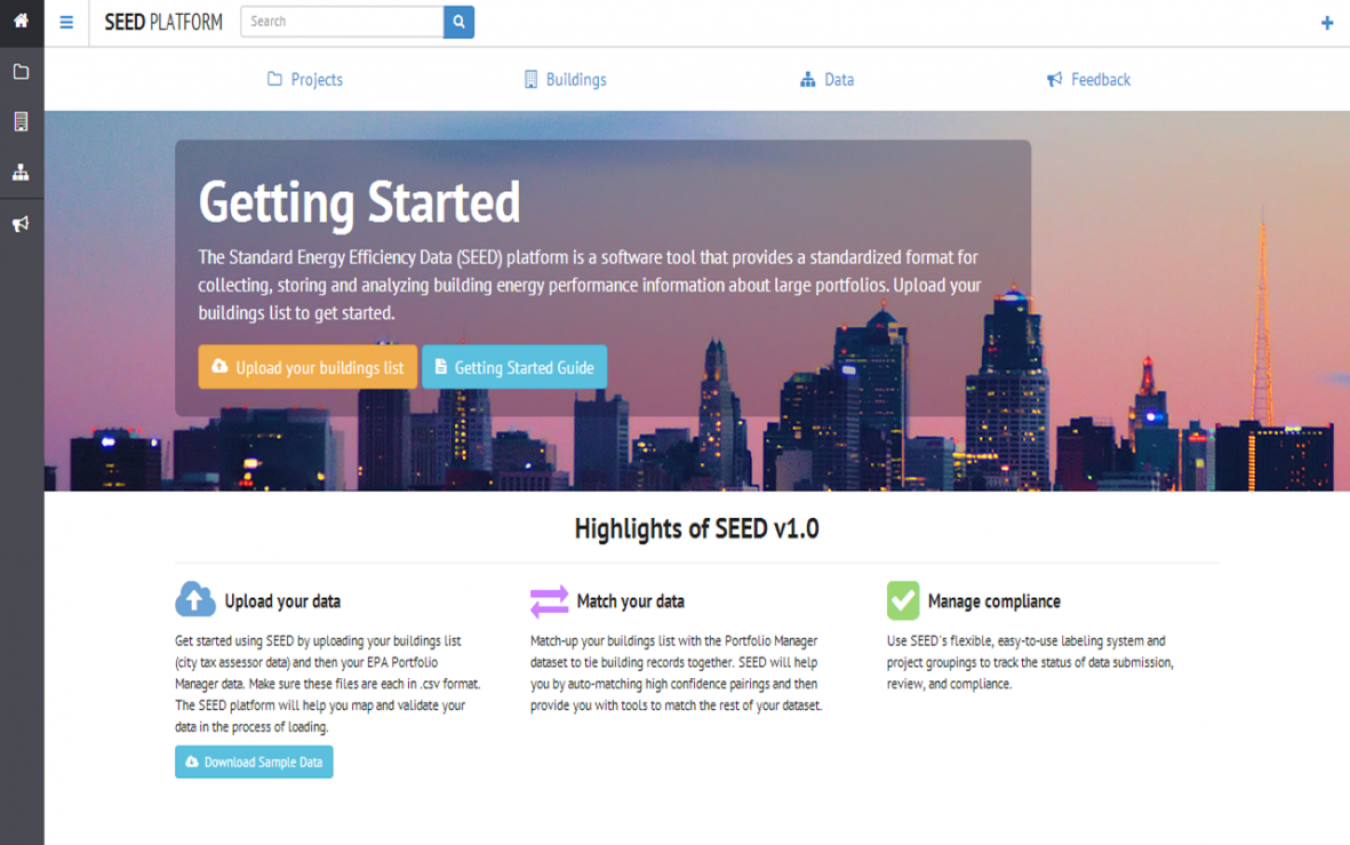The federal government has taken unprecedented steps to make open data more available to citizens, companies, and innovators.
May 28, 2014
The Buildings Performance Database contains actual data on over 750,000 existing buildings—not modeled data or anecdotal evidence.
Editor's Note: The below is an excerpt from the White House fact sheet on Energy Datapalooza, an event that brings together innovators and entrepreneurs who are using open data to advance a secure, clean energy future. The White House highlighted two Building Technologies Office platforms that are enabling building owners, contractors, and policymakers to improve building energy performance.
Since its earliest days, the Obama Administration has recognized that freely available data from the U.S. government is an important national asset, serving as fuel for entrepreneurship, innovation, scientific discovery, and economic growth. That is why the federal government has taken unprecedented steps to make open data more available to citizens, companies, and innovators—including by launching both an Energy Data Initiative and a Climate Data Initiative.
The Administration has also long recognized the value of providing homes and businesses with secure access to their own energy usage data to spur innovation and enable informed choices. Americans now have access to new private sector tools and services to manage or upgrade their own household or building energy performance.
To continue this momentum, today the White House, the Department of Energy, and the General Services Administration are hosting an “Energy Datapalooza” to announce new steps forward in support of clean energy innovation and to highlight private-sector innovators who are harnessing the power of data to advance the clean energy economy.
Key Building Technologies Office steps include:
Anonymized building performance data for energy retrofits, financing, and policy design
The Department of Energy announced today that its Buildings Performance Database has exceeded a milestone of 750,000 building records, making it the world’s largest public database of real buildings’ energy performance information. The Buildings Performance Database lets users mine anonymous statistical data from real buildings that match a specific building characteristic profile, enabling real estate professionals, contractors, policymakers and lenders to incorporate real-world performance data into their decision making.
Cities publishing open building energy performance data in a standard format to aid benchmarking and promote efficiency
Today, the cities of Philadelphia, San Francisco and Washington D.C. are announcing that they will use the Department of Energy’s open source Standard Energy Efficiency Data (SEED) platform to publish the data collected through their benchmarking disclosure programs. SEED is a free, user-friendly, web-enabled software application that helps organizations easily aggregate, clean, track, and share data on the energy performance of large groups of buildings.

The Standard Energy Efficiency Data (SEED) Platform makes it easy to manage and share data on the energy performance of large groups of buildings.

